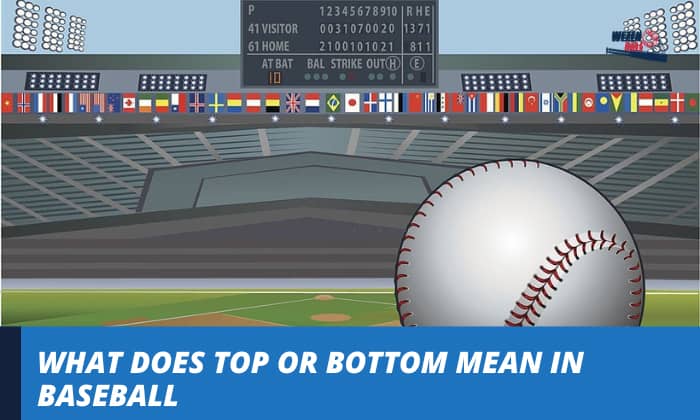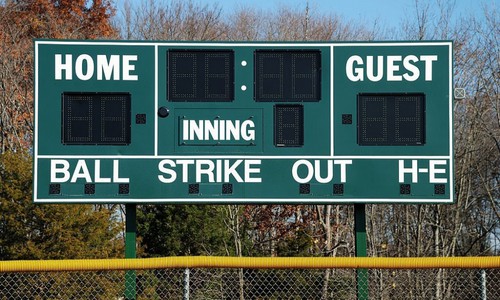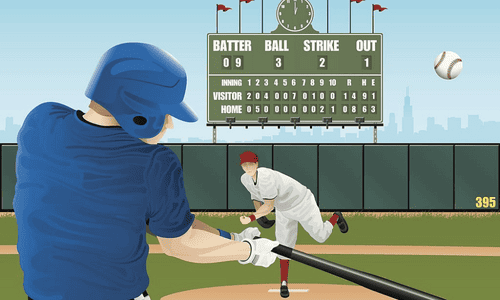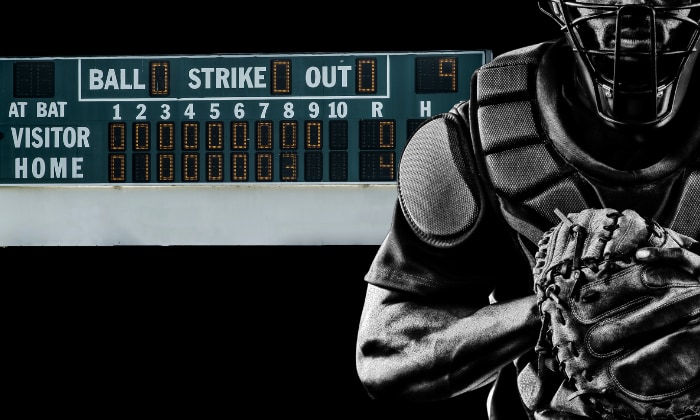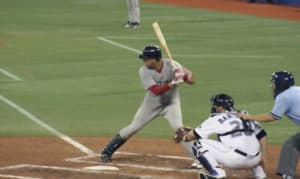A baseball game’s duration is not measured by time but by innings. There are nine standard innings, with each inning being divided into two halves – the top and bottom parts.
So, What does top or bottom mean in baseball?
The first half is called “top” where the visiting team is on offense and the home team plays defense. In the second half called “bottom”, the teams switch roles – with the home team playing offense and the visiting team playing defense.
Contents
Basics of Baseball Innings
Innings in baseball are a fundamental unit of duration in games.
- An official game commonly lasts up to 9 innings that last up to more or less 3 hours, with each inning being completed within 20 minutes.
However, the number of innings can be cut short or prolonged depending on the circumstances.
- In cases where weather delays happen, a 9-inning game may not be possible as it has to be stopped immediately. However, it will still be considered an official game if it reaches the five-inning mark.
- If at the end of the 9th inning both the opposing teams are tied, it is necessary that the game will go to extra innings. It doesn’t matter how long it will take, the game will end only when one team outscores the other at the bottom of an inning.
- In each inning, both teams will have a chance to play defense and offense with the primary goal of scoring more runs than the other.
Understanding Top Vs Bottom of Inning
A single inning in baseball is always divided into two halves. The first half of a baseball game is called the top of inning, and the 2nd half is called the bottom of the inning.
To demonstrate a clearer perspective, here’s a quick overview of baseball inning structure:
1. Top of Inning
The visiting team, or the team that’s not hosting the game, will be at-bat and have their chance to run their offense in the 1st half in baseball.
During this period, it’s optimal that they do their best to score runs and try to secure as many bases as possible. In each half of the inning, there can only be a maximum of 3 outs a team is allowed to commit.
At the time when 3 outs are committed by the visiting team, their turn at batting ends, and the bottom part of the inning will soon commence.
But before the bottom starts, there is a part where players prepare for the next part of the game – called the middle of the inning. Although this is not a formal phase of an inning, this duration helps players recalibrate from playing offense to defense and vice versa.
2. Bottom of the Inning
At this juncture of the game, the roles change. During the bottom of an inning, the home team takes their turn to run their offense and try to score as many points as possible.
Since the home team is on offense, the visiting team plays defense. The rules remain as is, though, the home team can only make 3 outs before the inning ends and another begins.
Further, the bottom of the inning is also the chance for the home team to match and outscore the performance of the other team during the top inning.
For the next inning, the teams switch roles again. Visiting team is on top, and the home team is at the bottom – in which this arrangement is shown explicitly through baseball scoreboards during games.
Significance of the Term “inning”
The heavily used word “inning” comes from the original word “innung” which means to put in a game. In this sense, “inning” was used to signify a team’s turn to play the game and score their runs.
Since any kind of time duration does not regulate the game of baseball, the essence of innings lies in the fact that it is the most basic unit of play in the sport.
- It entails fairness in matches despite the lack of time limitations, as an inning allows both teams to play both the positions of fielding and batting.
- Since an inning is the basic unit of play, it’s also a barometer of who will win the game. When a team scores more than the other at the end of 9 innings, they will win the game. Leading up to this conclusion, each inning helps give everyone a preview of who will emerge victorious and who will not.
- Lastly, innings help get the spectators’ attention from when a game begins until it finishes. Because of the transitions made by both teams from offense to defense, anyone who watches a baseball game will anticipate the turnout of each inning.
This way, viewers get a sense of technicality of whether the game will end their team’s way or not and if it will go to extra innings or not. As innings pass, fans of the sport will know what to anticipate and expect from the match.
Frequently Asked Question
What is considered an extra inning?
An extra inning is any inning added to the standard 9 innings in a game. Usually, a game goes to extra innings when both teams are tied in the 9th, and a tiebreaker needs to happen to hail a winner.
Conclusion
For newbies to the sport, the terms used during matches could be confusing. But with a little reading about the sport, confusion with terms will surely be cleared out.
Just a quick recap of this article “What does top or bottom mean in baseball?”, the top inning is where the visiting team bats and the home team fields. In the bottom inning, teams reverse their roles as the home team will be batting, and the visiting team will be in the field.
Thanks for reading!

A powerful swing and the ball is flying across the field, just one hit, and we might never forget the thrill it brings. I do not know about you, but I never do. Every baseball game is the chance to compete with others and cooperate with your teammate. It is among my biggest passions.



